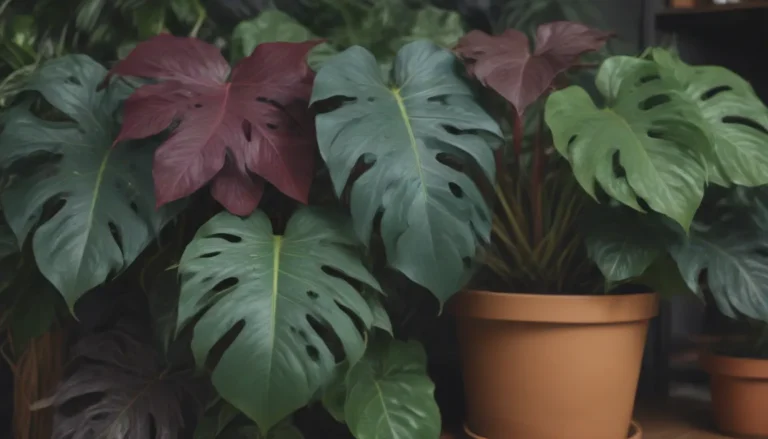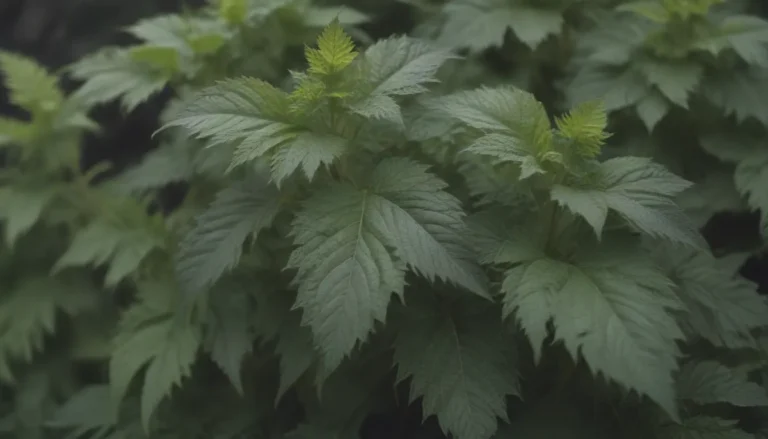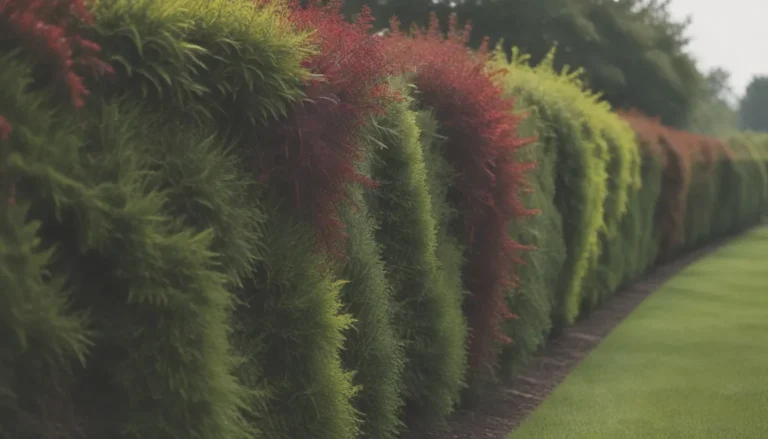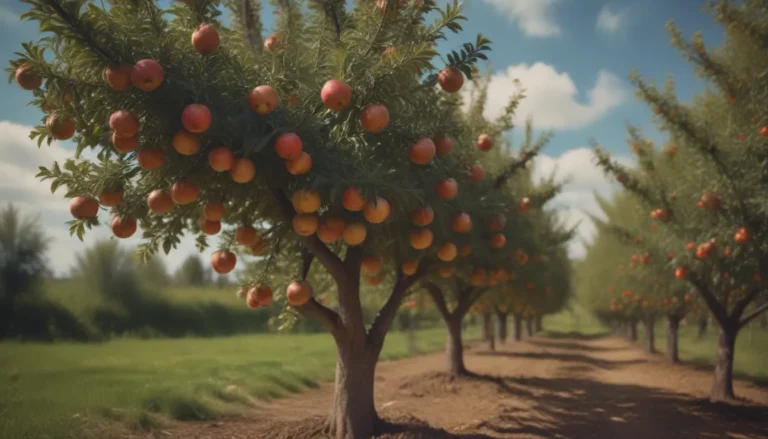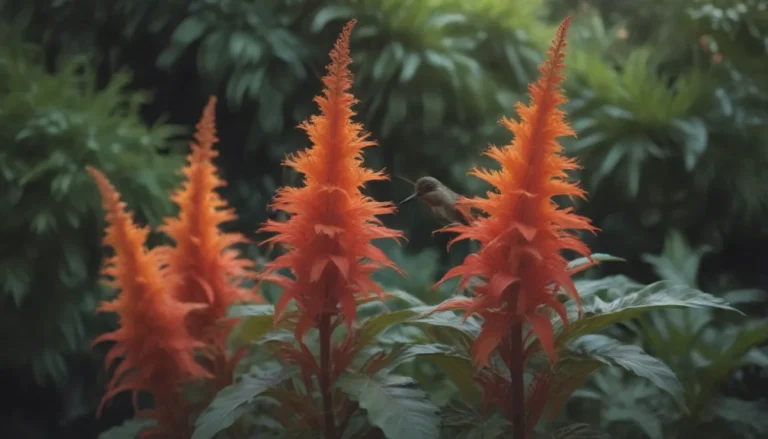Embracing Woodland Gardens: A Guide to Low-Maintenance Landscaping Solutions
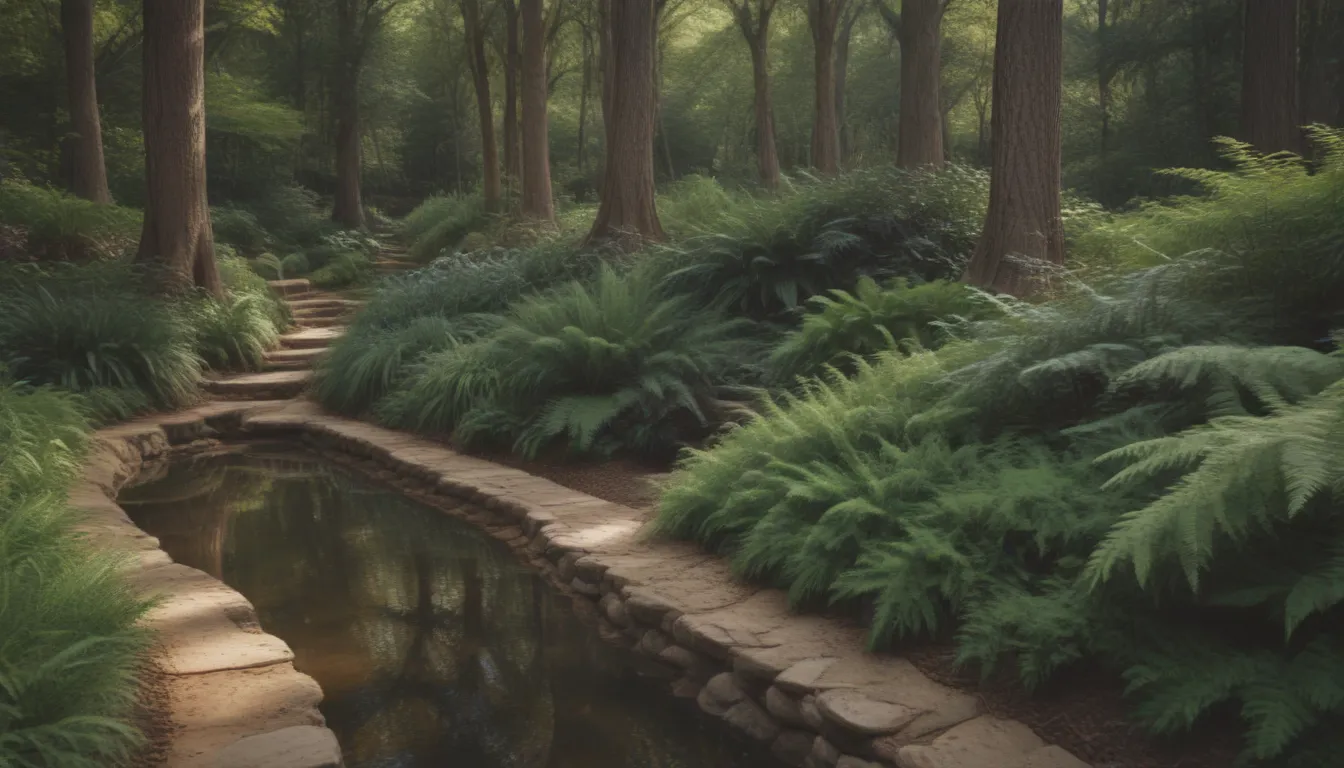
Are you tired of dealing with the challenges of maintaining a yard dominated by large trees? Do you find yourself frustrated by shady areas, falling leaves, and drought conditions in your garden? If so, it may be time to consider the beauty and simplicity of woodland gardens. In this comprehensive guide, we will explore the benefits of woodland gardens, planting options for shaded areas, and strategies for creating a low-maintenance landscape that thrives in challenging conditions.
The Charm of Woodland Gardens
Woodland gardens offer a unique and beautiful landscape design that thrives in shady areas. Whether you are dealing with trees on your property or your neighbor’s property, creating a woodland garden can be a solution to the challenges posed by shade, falling leaves, and lack of water. Let’s delve into the key elements of woodland gardens and how you can create your own tranquil sanctuary.
Embracing Shade Plants
When it comes to planting in shaded areas, it’s essential to choose plants that thrive in low-light conditions. Trying to force full-sun plants to grow in shady areas will only lead to disappointment. Instead, opt for shade-loving plants that can thrive in the dappled light of woodland gardens. Some popular choices for shade plants include:
- Hostas
- Ferns
- Lily-of-the-valley
- Native woodland plants
By selecting the right plants for shaded areas, you can create a lush and vibrant garden that flourishes under the canopy of trees.
Managing Falling Leaves
One of the primary challenges of maintaining a garden in a wooded area is dealing with falling leaves. While leaf removal can be a tedious task, woodland gardens offer a practical solution. By embracing the natural process of leaf litter, you can create a low-maintenance garden that requires minimal upkeep. Instead of spending hours raking leaves, allow them to decompose and enrich the soil, creating a natural mulch that benefits your plants.
Combatting Drought Conditions
In addition to shade and falling leaves, woodland gardens may also face challenges related to drought. Trees with extensive root systems can compete with other plants for water, making it essential to choose drought-tolerant species for your garden. By selecting dry-shade plants and incorporating proper irrigation techniques, you can ensure that your woodland garden thrives under challenging conditions.
Designing Your Woodland Garden
Classic Woodland Gardens: Native Plants
For a classic woodland garden that mimics the beauty of a forest floor, consider planting native species that are well-adapted to your region. By selecting plants that are native to your area, you can create a sustainable and ecologically diverse garden that attracts local wildlife and thrives in its natural environment. Some popular native plants for woodland gardens include:
- Ferns
- Viburnum shrubs
- Mountain laurel
- Wildflowers
- Ground cover vines
By incorporating native plants into your woodland garden, you can create a harmonious and naturalistic landscape that celebrates the beauty of your local ecosystem.
Woodland Gardens for Suburban Landscaping
If you’re looking to create a low-maintenance garden with a more streamlined aesthetic, consider a suburban woodland garden. By diversifying your plant selection and incorporating flowering shrubs, evergreens, and seasonal bulbs, you can create a dynamic and visually appealing landscape that changes throughout the year. Some key elements of suburban woodland gardens include:
- Flowering shrubs for spring blossoms
- Evergreens for winter color
- Seasonal bulbs for early blooms
- Informal plantings for a naturalistic look
By incorporating a variety of plants and textures, you can create a suburban woodland garden that is both visually stunning and easy to maintain.
Maintaining Your Woodland Garden
While woodland gardens are low-maintenance compared to traditional landscapes, they still require some care and attention. Here are a few tips for maintaining your woodland garden throughout the year:
- Regularly inspect your plants for signs of disease or pests
- Mulch around plants to retain moisture and suppress weeds
- Water deeply during dry periods to ensure plant health
- Remove fallen leaves gradually to prevent smothering of plants
- Prune trees and shrubs as needed to maintain a tidy appearance
By following these maintenance tips, you can ensure that your woodland garden remains healthy and vibrant year-round.
Enjoying the Beauty of Woodland Gardens
In conclusion, woodland gardens offer a unique and sustainable landscaping solution for shaded areas. By embracing native plants, managing falling leaves, and selecting drought-tolerant species, you can create a beautiful and low-maintenance garden that thrives under challenging conditions. Whether you opt for a classic woodland garden or a suburban landscape design, incorporating woodland elements into your garden can enhance its beauty and ecological value. So why spend your days raking leaves when you could be enjoying the splendor of fall foliage in your very own woodland garden? Embrace the beauty of nature and create a tranquil sanctuary in your own backyard with a woodland garden today.
